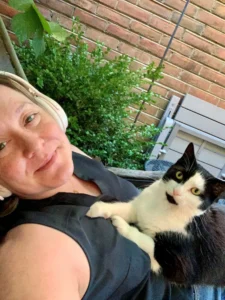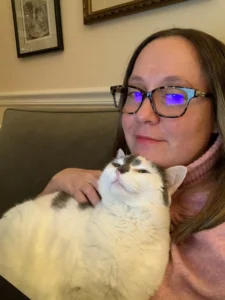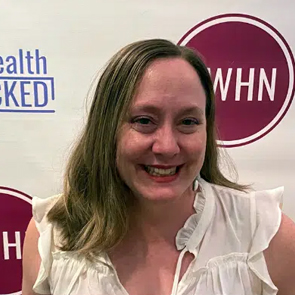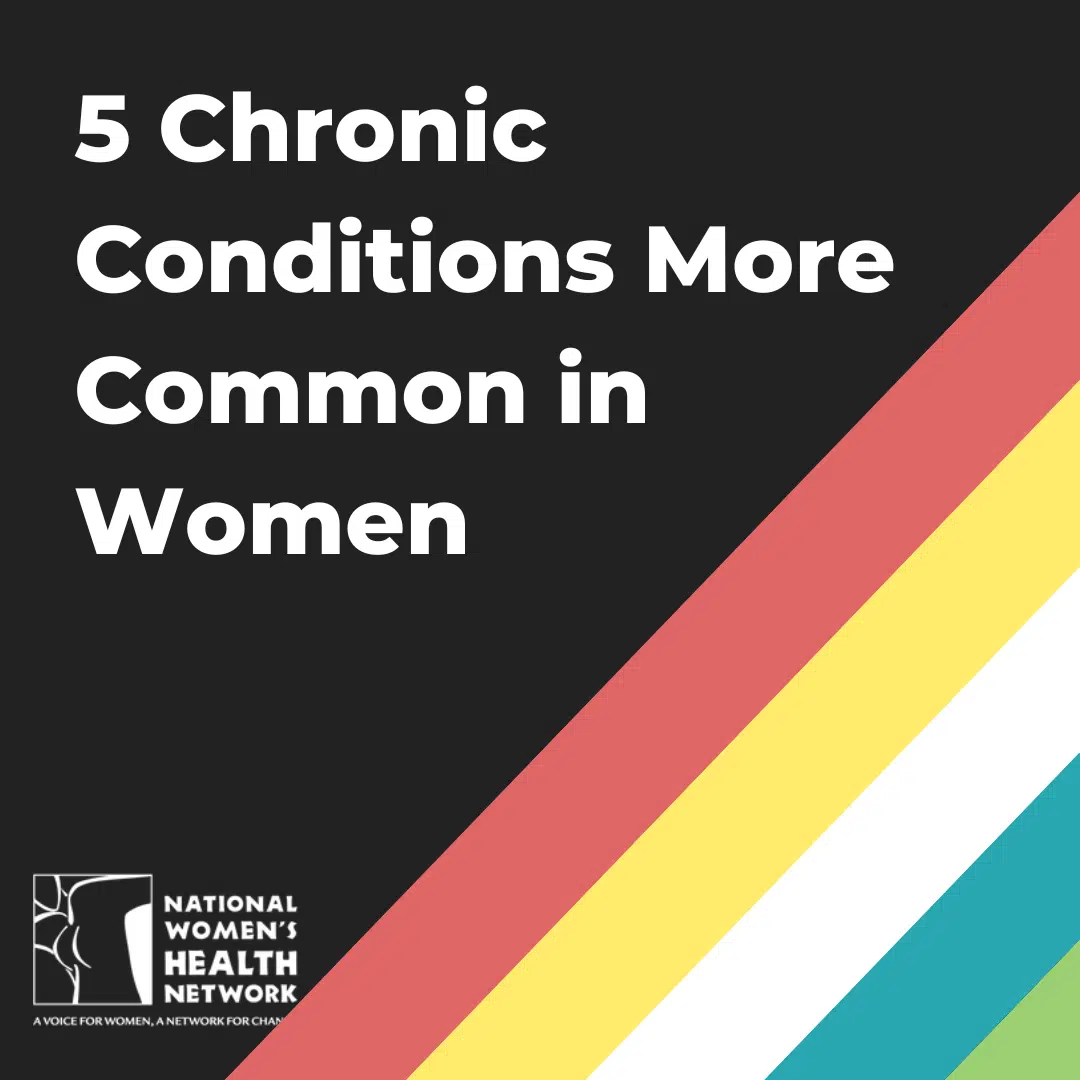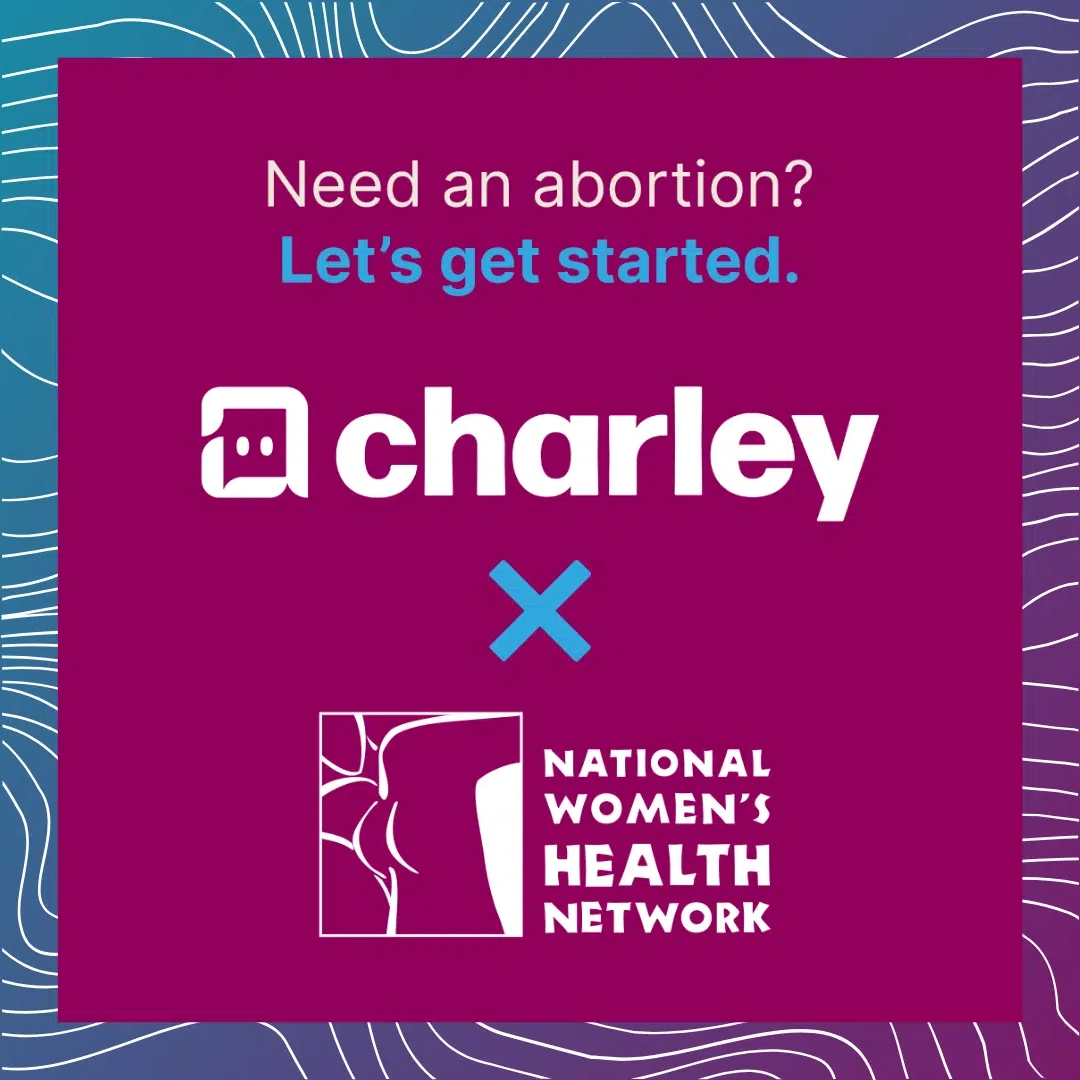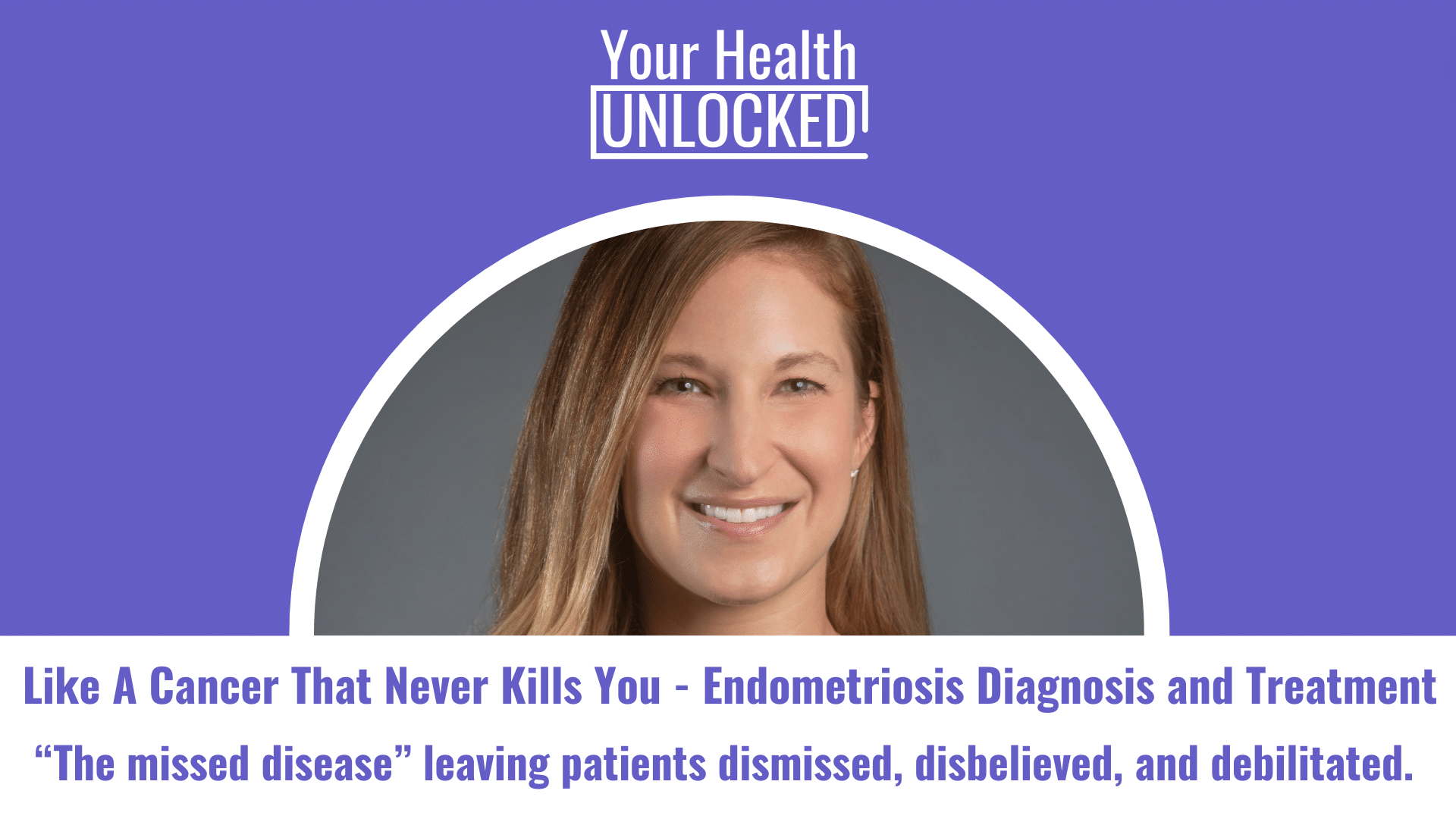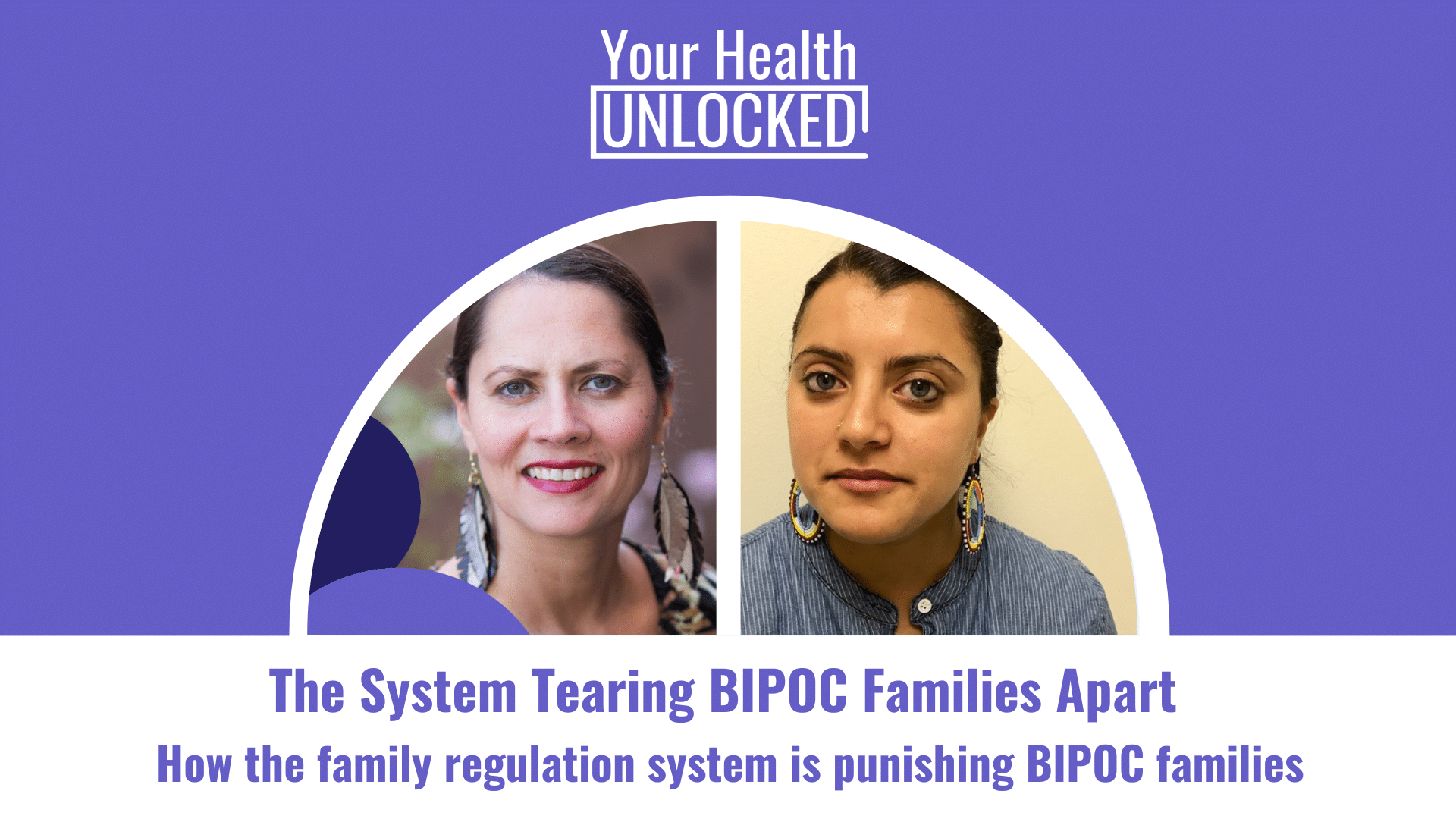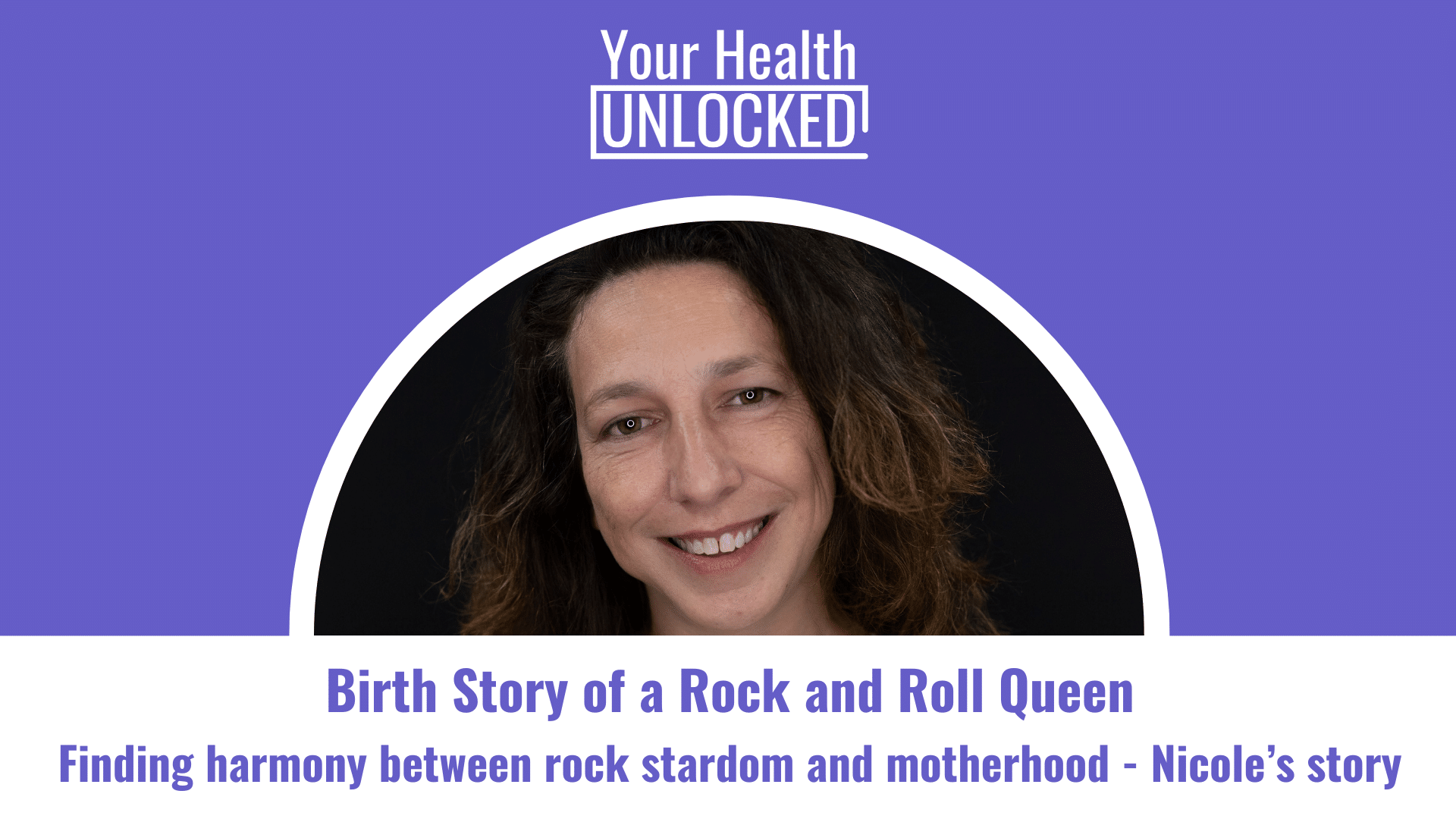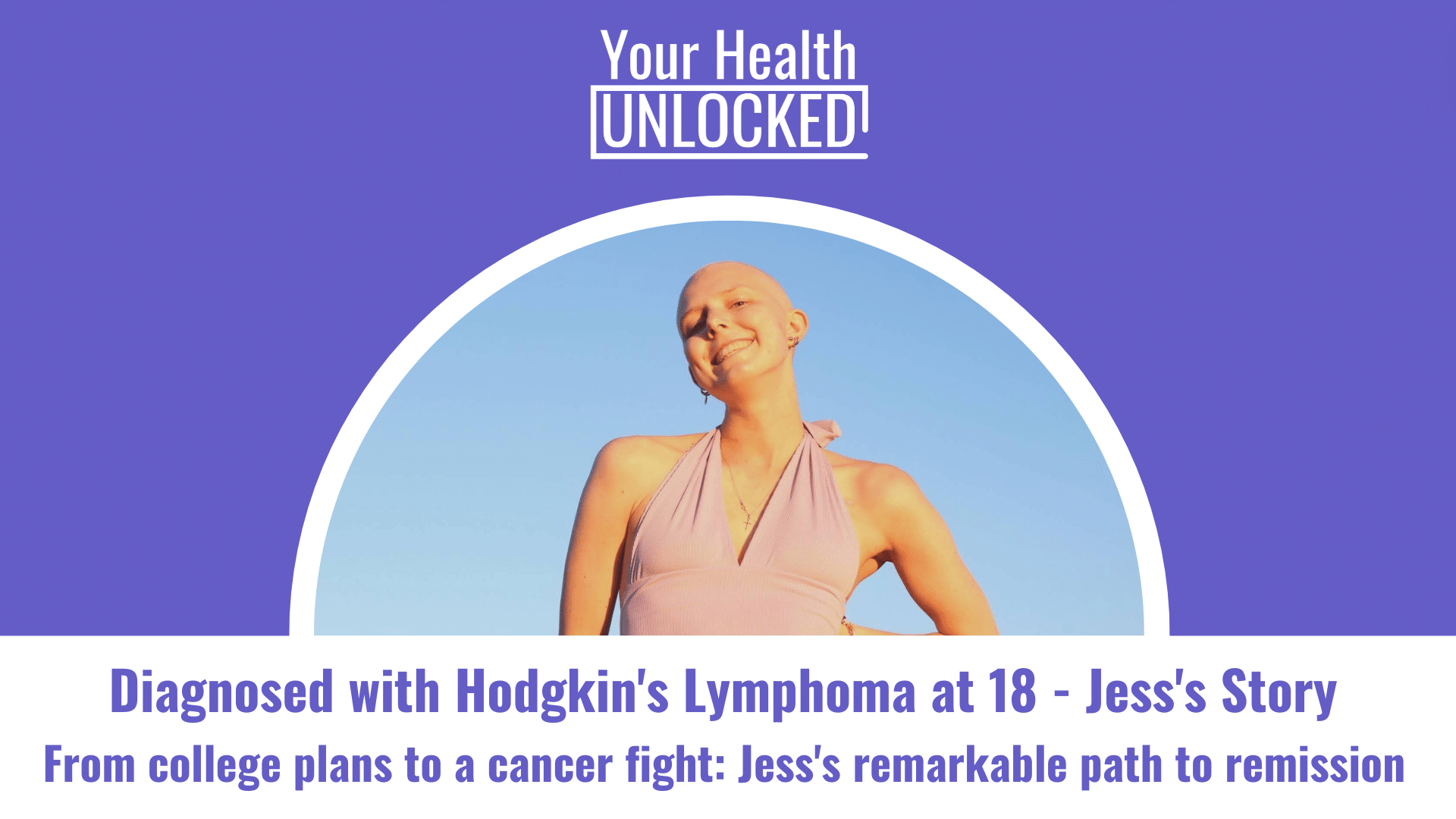Sex Shop Stigma, Red Flags, and Green Flags
There is a lot of negative stigma around sex stores, which can make them feel more intimidating than they really are. Lingerie stores are a much easier way for people to digest a store with products that allude to sex and pleasure. While stores like Victoria’s Secret are seen by the average person as professional and well-respected, stores that exclusively sell sex products or promote them as banner items are seen as crass, sleazy and disreputable. And while that can be the case for certain sex shops, it doesn’t apply to all. Each sex store you go to is going to be different. From the products, to the staff, to the kind of narratives they are selling.
Some questions to ask yourself/red flags to watch out for when researching sex shops are
- Is the advertising/product base very male-oriented?
- Are online reviews of the store poor or inconsistent?
- Are the words that immediately come to mind as you scan the store merch or location “patriarchal, exploitative, or rundown?”
- Is there racist and/or transphobic fetishization?
- Is the general “vibe” of the store furtive, unfriendly, and unpredictable?
- Are staff rude, inappropriate, not knowledgeable, or unavailable to help you?
- Do you feel in any way judged, less-than, lacking, or harassed?
I feel really lucky that the store I worked at was a very professional, safe, inclusive, open-minded, and educational environment. It was not crass or vulgar. All of the staff were dedicated to creating an inclusive and positive environment where people felt safe to learn and explore all things sex, pleasure, gender affirming products, etc. A good sex shop should be a place where you feel safe to explore, learn, and ask questions.
Who goes into a sex shop?
Everyone. Literally anyone you can imagine comes in. People of all ages (over 18+), gender identities and sexualities come into a sex shop. Couples, people by themselves, with their friends, sometimes with their parents. A common misconception is that the only people who go in are confident discussing sex and already know what they like/want sexually. In reality, a lot of the people who come in have never been to a sex shop before, at least not in person (nowadays there are numerous websites where you can buy sex toys online).
For a lot of people the first time they come into a sex shop may also be their first time talking openly about sex and pleasure. During my short time working at the sex shop, women especially would tell me this – women aged 18 to 80! There are also people, particularly women, who are learning about parts of their bodies for the first time. A good sex shop can help people learn more about their sexuality and their bodies. It can be a great environment that helps people find products that aid their pleasure while providing helpful, fact-based information.
What is it like actually shopping in a sex shop?
A lot of people walk into a sex shop and don’t know where to start, especially when they spy the non-lingerie sections. There are dozens of different kinds of toys: vibrators, dildos, strokers (more commonly referred to as fleshlights), butt plugs, lubes, blindfolds, tools for BDSM, etc. There are a lot of toys that I didn’t even know existed until I started working at a sex shop! To say the least, it can be very overwhelming, and it can feel awkward and embarrassing as well.






